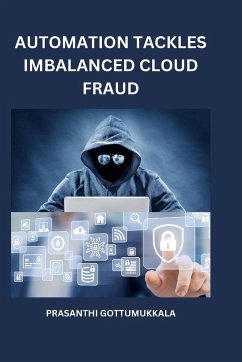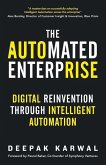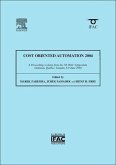In today's digital landscape, cloud computing has become an essential component of numerous businesses, providing convenient storage, scalability, and accessibility. However, with the rapid growth of cloud services, the risk of fraud and cyberattacks has also increased. One particular challenge in combating cloud fraud is the issue of imbalanced data, where fraudulent activities are relatively rare compared to legitimate transactions. To address this problem, automation has emerged as a powerful tool to tackle imbalanced cloud fraud.Automation refers to the use of technology and algorithms to perform tasks and processes without human intervention. In the context of cloud fraud, automation plays a crucial role in detecting and preventing fraudulent activities by analyzing large volumes of data and identifying patterns that indicate fraudulent behavior. By automating fraud detection, organizations can significantly improve their ability to identify suspicious activities in real-time and take immediate action.The key advantage of automation in tackling imbalanced cloud fraud is its ability to process vast amounts of data quickly and accurately. Machine learning algorithms can be trained on historical data to recognize complex patterns and anomalies associated with fraudulent transactions. These algorithms can then be deployed in real-time to continuously monitor incoming data streams and identify potential fraud indicators.Automation also enables organizations to respond swiftly to emerging threats. When a potential fraudulent activity is detected, automated systems can trigger immediate alerts to security teams or take predefined actions to mitigate the risk. This reduces the time between detection and response, enhancing the overall effectiveness of fraud prevention measures.Furthermore, automation can assist in the optimization of fraud investigation processes. By automating routine and repetitive tasks, such as data gathering and analysis, investigators can focus their efforts on more complex and high-priority cases. This improves efficiency and allows for a more comprehensive examination of suspicious activities.To implement automation for imbalanced cloud fraud, organizations typically employ a combination of technologies, including machine learning, artificial intelligence, and big data analytics. These technologies work together to create sophisticated models and algorithms that adapt and improve over time as they learn from new data and emerging fraud patterns.In conclusion, automation is a powerful approach to address the challenge of imbalanced cloud fraud. By leveraging advanced technologies, organizations can enhance their fraud detection capabilities, respond rapidly to emerging threats, and optimize their fraud investigation processes. With the continuous evolution of automation tools and techniques, the battle against cloud fraud is becoming more effective and efficient, safeguarding the integrity and security of cloud-based services.







